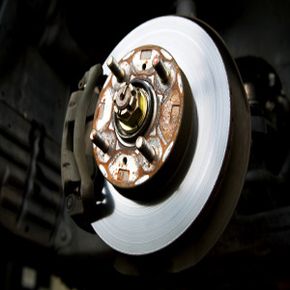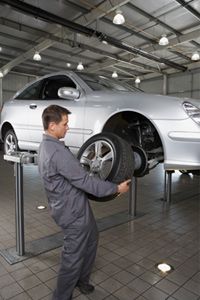When it comes to cars, is there anything more suave or more retro-cool than tooling around town in a restored vintage vehicle? Sure, any millionaire can strut into the Lamborghini dealership and blow $300,000 on the latest overdesigned, technology-laden cop magnet. However, a tremendous amount of dedication and effort goes into bringing an older car back to roadworthiness, let alone to competitive show condition.
A great deal of that effort should go toward making the car safer than it was when it first left the dealer's lot -- even if it was decades ago. It happens that one of the easiest safety upgrades you can make is to your brake system.
Advertisement
Why upgrade your brakes first? Better brakes mean shorter stopping distances and give you critical time and road space to avoid accidents. As a result, you can better protect yourself, your family and the investment you made in labor and custom parts for your car.
Power brakes are also easier to operate. As the name implies, a power brake system reduces the pedal effort required to slow or halt the vehicle.
In this article, we'll take a look at upgrading from a manual brake system to a much more effective power braking system. You can upgrade your entire brakes setup if you wish: From manual to power and from drum brake to disk brake. Some people choose to do it all at once, but you can do one job first, then another, if your budget prevents you from doing it all in one shot.
To find out what tools are required to convert to power brakes, go to the next page.
Advertisement




